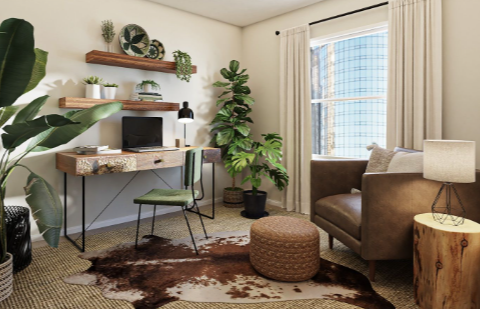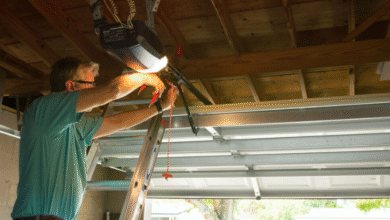How Small Home Changes Can Make a Big Impact

You don’t need to knock down walls or spend a fortune to make your home feel fresh and functional. Sometimes, it’s the smaller changes—the ones you might overlook—that end up having the biggest effect on how your home looks, feels, and even how you live in it.
Think about it: a new light fixture can shift the whole mood of a room. Swapping out cabinet handles makes your kitchen feel like it got a mini facelift. Even adding a little organization system to your entryway can make leaving the house every morning smoother. These seemingly minor updates do more than change appearances—they change how you interact with your space.
Rethinking Functionality Room by Room
Instead of looking at home improvement as one giant task, try viewing each room as an opportunity to solve a specific problem or elevate a habit. For example, is your bedroom the calming place it should be, or do piles of clothes and cables keep it feeling cluttered? Does your living room help you relax and connect with loved ones, or does it make you more aware of what’s missing?
When I moved into my first apartment, I didn’t have the budget for big renovations. But what I did have was creativity—and a few evenings to dedicate to making things work better for me. A folding desk in a sunny corner turned into a perfect little work nook. A few hooks behind the door made storing my bags easy without taking up floor space. And by adding color through inexpensive textiles, I turned a generic rental into something that felt more like home.
These personal touches often reflect more than taste—they reflect how your environment supports your lifestyle. Even something as niche as customizing decor through DIY—like using printing for shirts methods to create personalized pillowcases or wall hangings—can breathe new life into a space.
Making It Personal
Home improvement should always feel personal. The internet is full of inspiration boards and Pinterest-perfect setups, but if they don’t suit you, they’ll never feel quite right. Maybe you’re the type who needs an open floor plan to host weekly dinners with friends. Or maybe you work from home and crave a quiet reading corner where your brain can settle down between Zoom calls.
Start small. Choose a single problem that bugs you and fix it. Maybe it’s better storage in your bathroom or a little more greenery on your balcony. Once you see the difference, it’s hard to stop—home improvement becomes a kind of therapy.
And while you’re making your space more you, don’t be afraid to explore creative, unexpected details. A friend of mine once used a fabric design she loved for a set of custom prints in her hallway—printed on fabric scraps using the same techniques used in printing for shirts. It added a personal touch guests always comment on.
See Also: interaction techniques
A Home That Evolves With You
The best part of gradually improving your home is that it grows as you do. What worked for you five years ago might not fit anymore, and that’s okay. Life shifts—maybe you started working remotely, had kids, adopted a dog, or just changed your taste in color palettes. Your home should reflect those shifts.
The most inviting homes don’t look like magazine spreads; they look lived in, loved, and tailored to the people who live in them. Every small fix, every piece of furniture moved with intention, tells a bit of your story.
Final Thoughts
Home improvement doesn’t always mean a dramatic before-and-after. Sometimes, it’s as simple as tweaking a corner to work better for you or bringing in something that sparks joy. With a little intention and creativity, you can create a space that supports your life—now and in the future.
And remember: it’s not about perfection. It’s about making your space feel right. One small, thoughtful change at a time.




